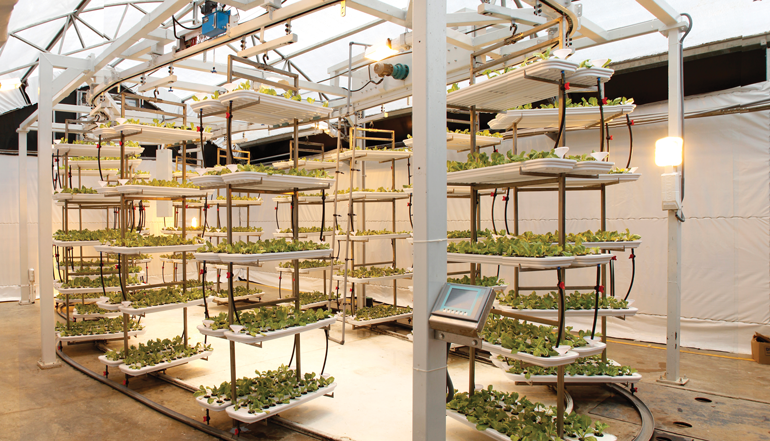Welcome to Jain Irrigation Systems Ltd.
Vertical Farming

Vertical Farming
Vertical farming is the solution for limited land area and hygienic production of crops. Leafy greens as well as high value crops like strawberry are most suitable for growing in this system. Vertical farms are generally under a controlled environment eliminating the risk of uncertain climate. Climate change is continuously contributing to the decrease of arable land by frequent flooding, hurricane, storms and drought. Vertical farming uses hydroponic or aeroponic techniques to supply nutrients and water to plants. Plant roots are suspended in air or in flowing water having a nutrient solution. The water is recirculated through an automated system It uses space through a multilayer and supplementary artificial light source thereby producing more food per unit area. Different types of structures like rotating or fixed stands can be used based on crop and requirements. JISL has the wherewithal and can offer end-to end solutions in vertical farming activities through its dedicated scientific team.
Features & Benefits
- Provides an option to produce food where land cost is very high or less cultivable land is available.
- Very high productivity per unit area, time and resources.
- Recycling of water and nutrients rendered possible.
- Foods are free from microbes and other contaminants.
- Provides an opportunity to support the local economy



